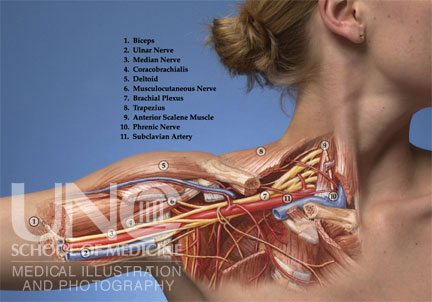
NEW YORK (Reuters Health) – Most people with inflammation of the Achilles tendon, a common overuse injury, can recover with the help of exercise therapy alone, a small study suggests.
A full recovery might take time, as tendons are often slow to heal, researchers say, but sticking with exercise could help people avoid more invasive treatments like drug injections into the joint or even surgery.
The study found that among 34 patients who had exercise therapy for so-called Achilles tendinopathy for three to six months, 80 percent fully recovered with no further treatment — though some developed new symptoms over the next several years.
Another seven patients (20 percent) continued to have pain or other symptoms, but for three, the symptoms were minimal, and only one sought a different form of treatment.
Achilles tendinopathy, also sometimes called Achilles tendinitis, refers to an injury in the band of tissue connecting the calf muscles to the heel bone. it is one of the more common sports-related overuse injuries, estimated to account for about one in 10 running injuries.
Exercise therapy is known to be effective for Achilles tendinopathy, particularly so-called eccentric exercises where the calf muscles contract while being lengthened; an example would be rising onto the balls of the feet, then slowly lowering the heels back to the ground.
But it is not clear exactly how long patients can, or should, stick with exercise before moving on to more invasive treatments.
A common recommendation is for people with Achilles tendinopathy to try exercise therapy for three months, and if they have not recovered at that point, to consider other options.
That is a fairly arbitrary recommendation, however, based on studies that have chosen that window of treatment time. In real life, three months may be too short a time for a full recovery, explained Karin Gravare Silbernagel, a physical therapist and the lead researcher on the new study.
It's known that injured tendons need "mechanical loading" — that is, exercise — to heal, said Silbernagel, of the University of Gothenburg in Sweden, and the University of Delaware in Newark.
"But we also know that a tendon can take a year to heal," she told Reuters Health.
If exercise therapy is given time, according to Silbernagel, many people with Achilles tendinopathy will do well. What's more, they need not give up being active in their daily lives during that potentially lengthy recovery, she noted.
The patients in the current study were all originally part of a clinical trial looking at the effects of three to six months of exercise therapy for Achilles tendinopathy. In that trial, half were told that they could continue their usual physical activities during their rehab, while the other half were told to rest for the first six weeks of therapy.
One year later, both groups were showing similar improvements in pain and functional ability — suggesting that people with Achilles tendinopathy can stay active in their day-to-day lives during therapy, as long as they monitor their symptoms and cut back on exercise if necessary.
The current study, published in the American Journal of Sports Medicine, was a five-year follow-up of that original patient group. at the five-year mark, 65 percent had no symptoms from their initial injury, while 15 percent (five patients) had fully recovered but eventually developed new Achilles symptoms. Only one person in that latter group sought treatment, in the form of further exercise therapy.
"I think the bottom line is that exercise is a treatment that can provide a full recovery," Silbernagel said.
And longer duration exercise therapy need not mean six months of sessions with a physical therapist, she said. Instead, people can learn exercises to perform on their own at home, and if needed, see their physical therapist for follow-ups.
Silbernagel and her colleagues also found that patients' "fear of movement" was related to their long-term recovery of functional ability — as measured by a heel-rise test. Those with a greater level of anxiety about exercising causing pain or raising the risk of an Achilles tendon rupture tended to show less recovery of their muscular endurance.
according to Silbernagel, this suggests that reassuring patients that exercise is a key part of recovery from Achilles tendinopathy might ultimately lead to better treatment outcomes.
Short of surgery, other treatment options for Achilles tendinopathy include standard painkillers, injections of medications like aprotinin (a substance derived from cow lungs that may inhibit an enzyme that breaks down collagen), and injections of platelet-rich plasma, which involves infusing a person's own blood plasma into the injured joint to promote healing.
But whether any of those therapies are truly effective remains unclear. A clinical trial published earlier this year found that platelet-rich plasma, used in addition to eccentric exercises, offered no additional benefit to patients with Achilles tendinopathy.
SOURCE: link.reuters.com/sun97q American Journal of Sports Medicine, online November 17, 2010.